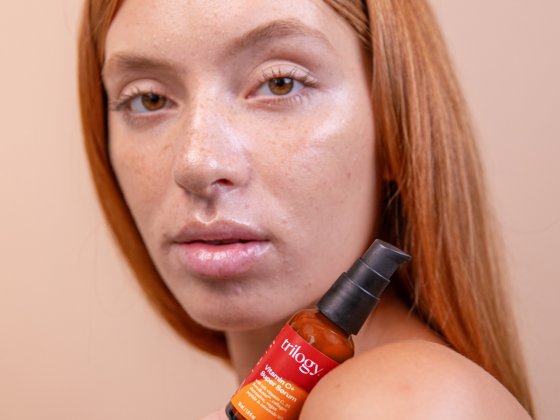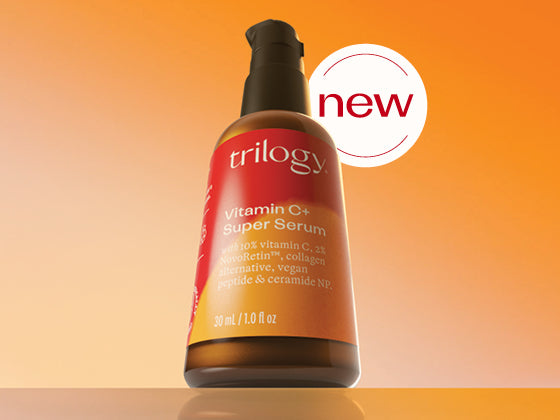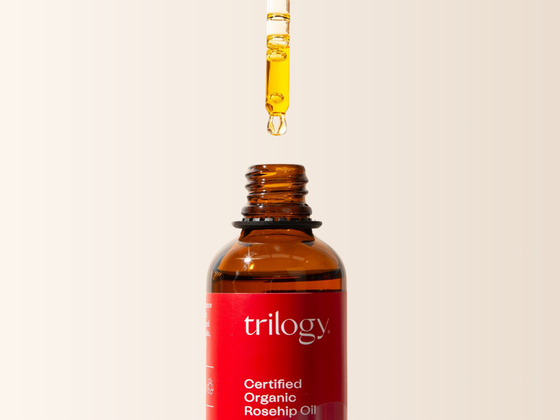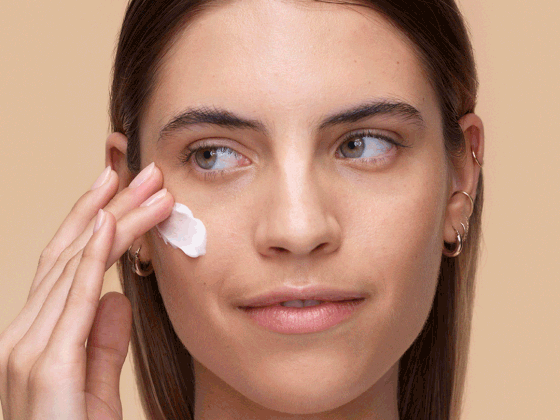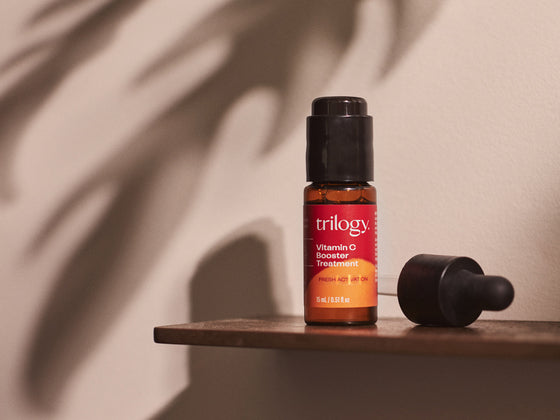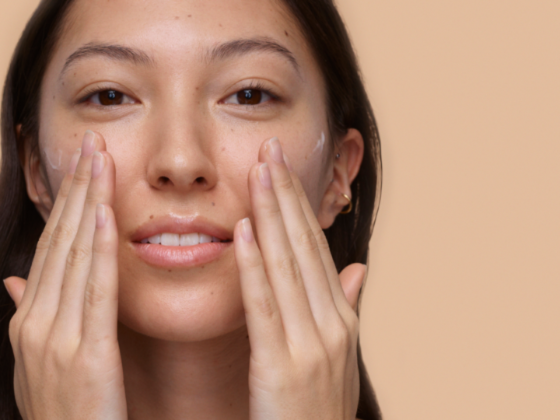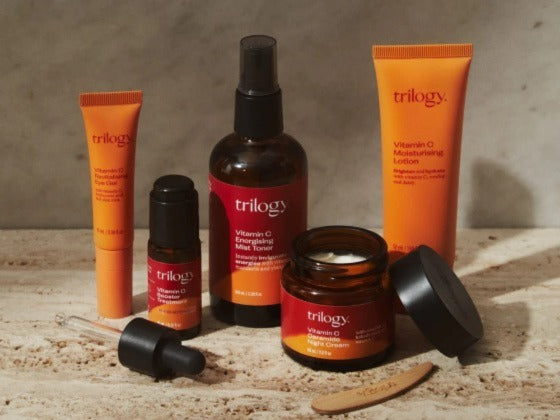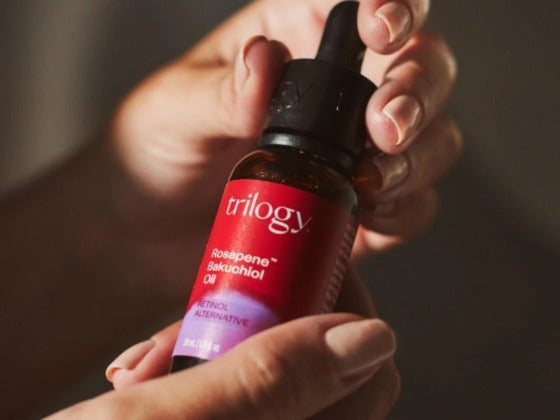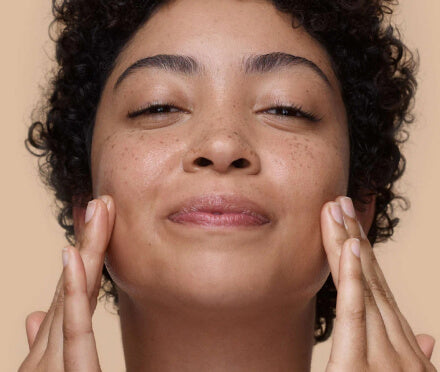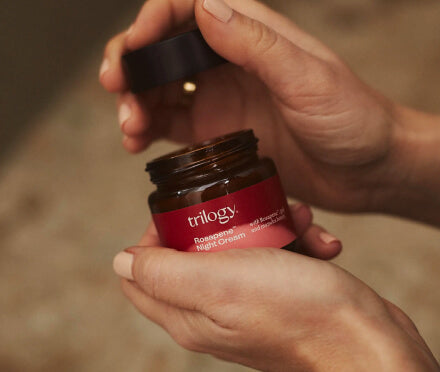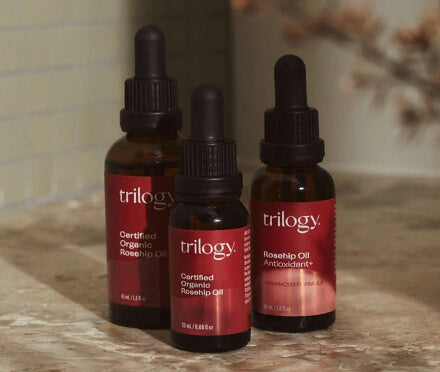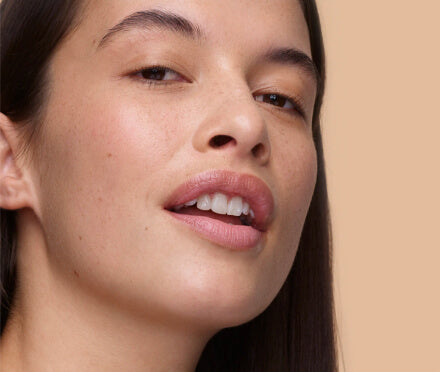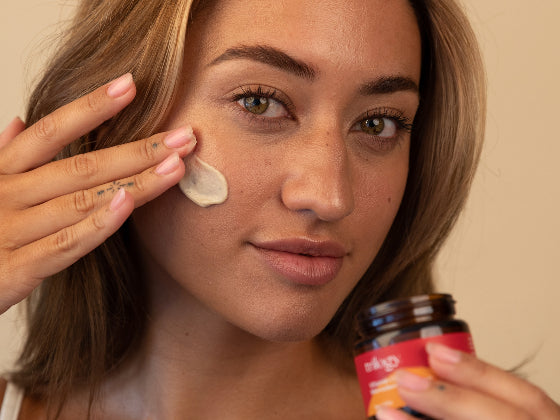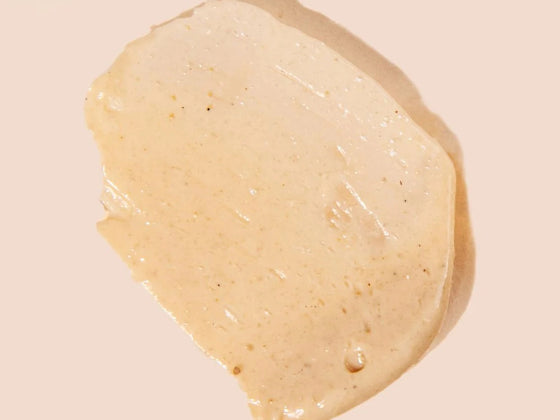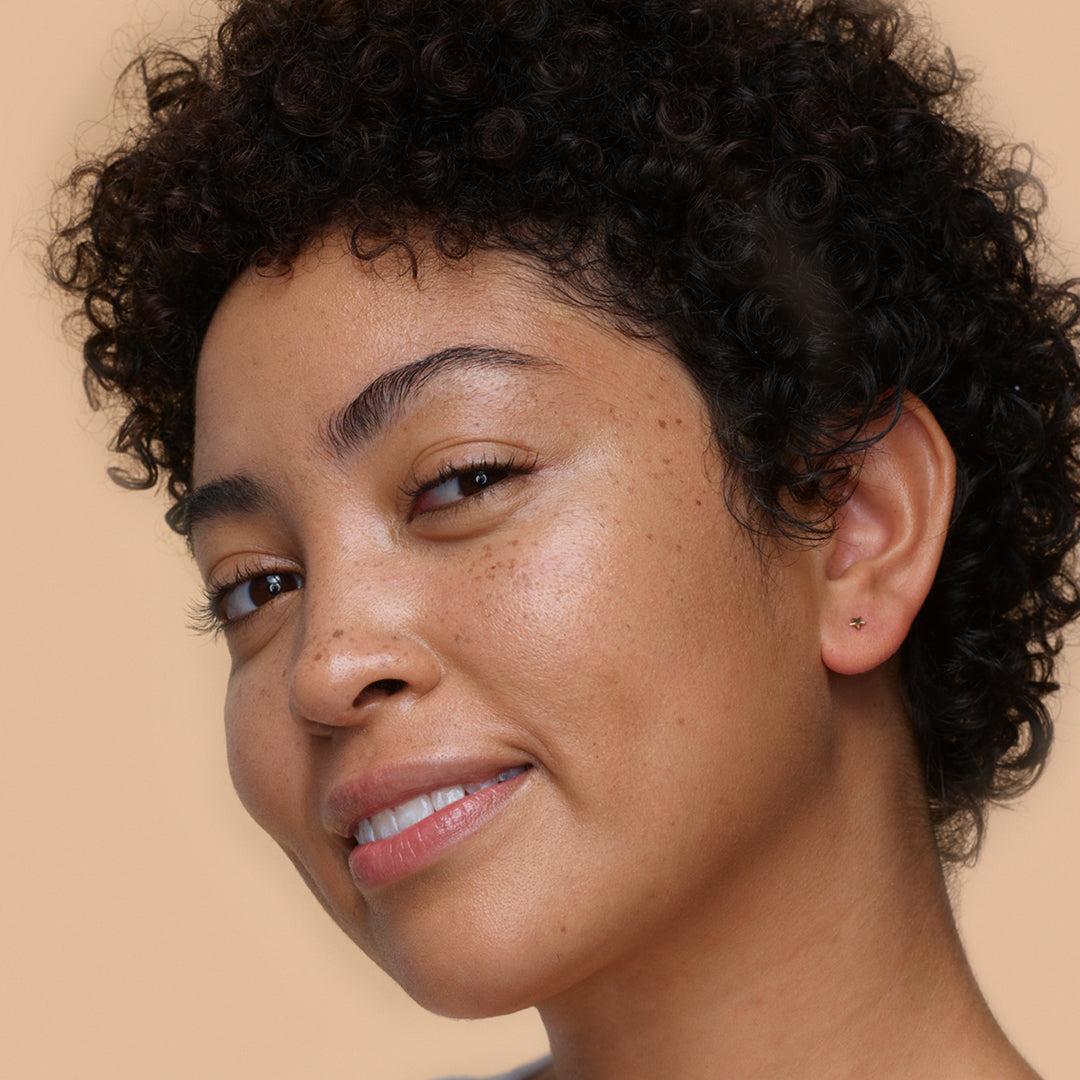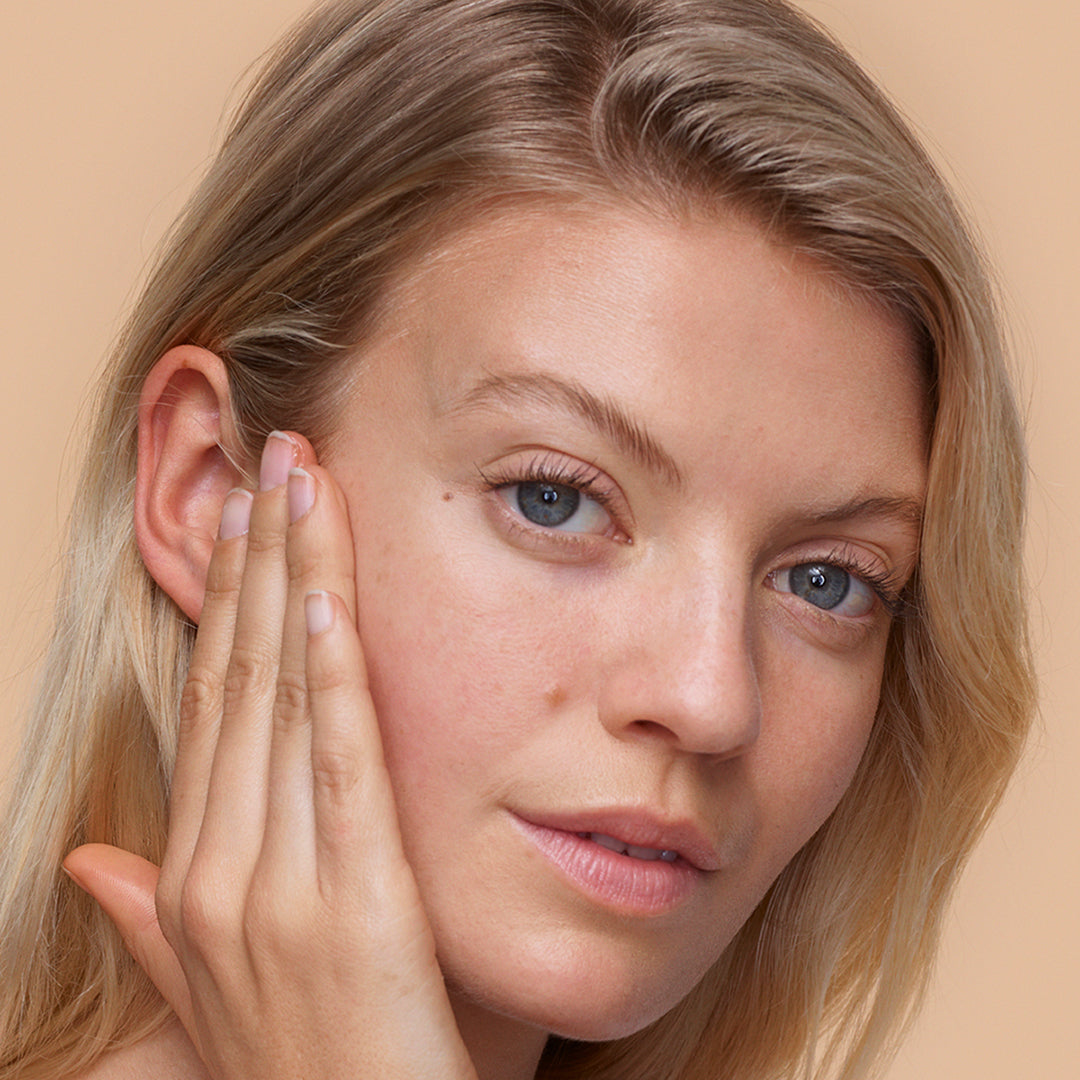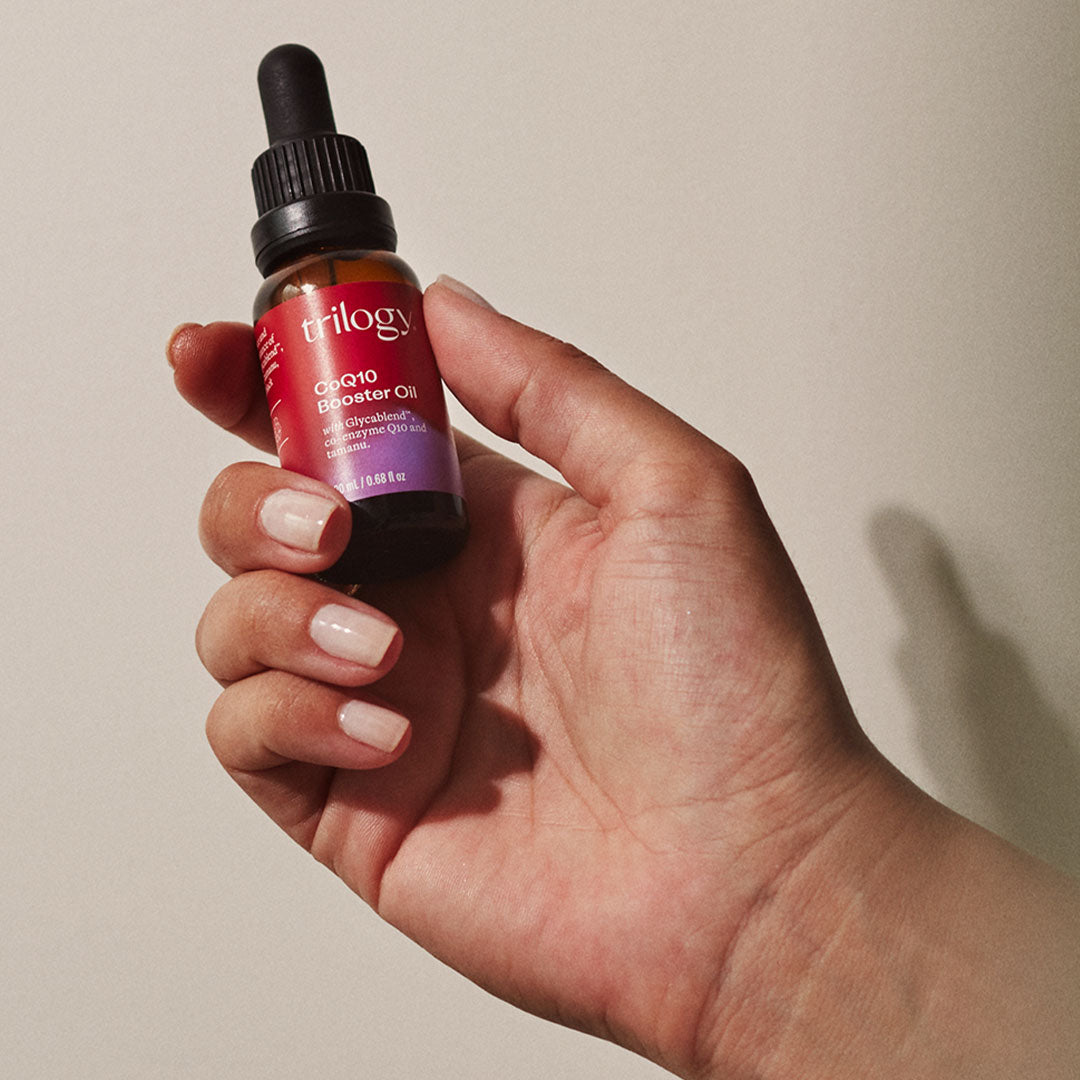

In the search for bright, glowing, even-toned skin, one of the most common barriers we face is hyperpigmentation. We’re sure you’ve heard of it but in this blog, we’re going to do a deep dive into what it is (so you can recognise it), what causes it (so you can prevent or expect it), and how we can incorporate products into our skincare that target hyperpigmentation and promote fresh, bright skin (so we can say goodbye to it).
What is hyperpigmentation?
Let’s start at the beginning. Hyperpigmentation is where skin is darker than your normal skin tone. It’s usually in small patches and can appear like large freckles or what are known as ‘liver’ or ‘age’ spots. For the purposes of this blog though we’re going to focus on those we have the most control over, which, lucky for us, are also the most common:
Melasma: Caused by our hormones and common during pregnancy. Usually brown, slightly blurry, and are completely harmless.
Sunspots: Maybe the most common in New Zealand and Australia and, like the name suggests, sunspots come from repeated exposure to the sun. They’re also - misleadingly - called liver spots (they don’t have anything to do with the liver) and their shape tends to be slightly more defined than melasma.
Post-inflammatory hyperpigmentation: Caused by scarring, acne, or other ‘injuries’ to the skin. They can be red, pink, brown, or a light purple and look more like scarring than freckles.
Melasma: Caused by our hormones and common during pregnancy. Usually brown, slightly blurry, and are completely harmless.
Sunspots: Maybe the most common in New Zealand and Australia and, like the name suggests, sunspots come from repeated exposure to the sun. They’re also - misleadingly - called liver spots (they don’t have anything to do with the liver) and their shape tends to be slightly more defined than melasma.
Post-inflammatory hyperpigmentation: Caused by scarring, acne, or other ‘injuries’ to the skin. They can be red, pink, brown, or a light purple and look more like scarring than freckles.
Why do we get hyperpigmentation?
Hyperpigmentation is really common because there are myriad ways to get it (but that means there are just as many ways to prevent and limit it!). Going off the three types above, the main ways it is caused are:
The sun: Repeated exposure to the sun results in increased melanin production. Melanin is our natural sunscreen and is also what gives our skin its colour but when we have repeated exposure to the sun – especially if we aren’t using a quality SPF – this can cause uneven patches of colour, taking us from pigmentation to hyperpigmentation. Our age also plays a role here as the older we are, the more we’ve been exposed to the sun!
Our hormones: When we have increased levels of oestrogen and progesterone, like during pregnancy, we are more likely to experience melasma. That’s because those hormones contribute to the production of our skin’s pigment. Medications like the oral contraceptive pill which influence our hormones can also trigger hyperpigmentation.
Skin conditions like acne scarring: This one is a little different to the above as it’s not influenced by our environment or the normal hormonal cycles we all go through. When we have scarring from things like acne or stretch marks, we can notice those scars are darker in colour than the rest of our skin.
So, what can we do about it? There are ways big and small to manage hyperpigmentation – from nutritional changes to cosmetic procedures but because we’re Trilogy and it’s our thing - we’re looking at natural, effective, and simple ways to get rid of dark spots.
The sun: Repeated exposure to the sun results in increased melanin production. Melanin is our natural sunscreen and is also what gives our skin its colour but when we have repeated exposure to the sun – especially if we aren’t using a quality SPF – this can cause uneven patches of colour, taking us from pigmentation to hyperpigmentation. Our age also plays a role here as the older we are, the more we’ve been exposed to the sun!
Our hormones: When we have increased levels of oestrogen and progesterone, like during pregnancy, we are more likely to experience melasma. That’s because those hormones contribute to the production of our skin’s pigment. Medications like the oral contraceptive pill which influence our hormones can also trigger hyperpigmentation.
Skin conditions like acne scarring: This one is a little different to the above as it’s not influenced by our environment or the normal hormonal cycles we all go through. When we have scarring from things like acne or stretch marks, we can notice those scars are darker in colour than the rest of our skin.
So, what can we do about it? There are ways big and small to manage hyperpigmentation – from nutritional changes to cosmetic procedures but because we’re Trilogy and it’s our thing - we’re looking at natural, effective, and simple ways to get rid of dark spots.
Ingredients to believe in:
1. Exfoliate: Salicylic acid (BHA), AHA, and physical exfoliators.
With regular exfoliation, we remove dead skin cells which both physically clears flaky skin that you can see and also on a cellular level to slough away those we can’t. When we do this, we are revealing our freshest layer of skin and encourage new, younger cells to grow.
2. Antioxidants: Vitamin C and bakuchiol
Because sun exposure and free radicals both cause uneven skin tone and hyperpigmentation, antioxidants are a superhero for brighter skin. Antioxidants help protect the body from UV rays and neutralise free radicals, so both repair and prevent. Vitamin C and bakuchiol are powerful antioxidants that we love, and both are known for brightening skin and improving its texture.
Because sun exposure and free radicals both cause uneven skin tone and hyperpigmentation, antioxidants are a superhero for brighter skin. Antioxidants help protect the body from UV rays and neutralise free radicals, so both repair and prevent. Vitamin C and bakuchiol are powerful antioxidants that we love, and both are known for brightening skin and improving its texture.
3. Anti-inflammatories: Calendula, chamomile, and oat extract.
Because inflammation is one of the main causes of hyperpigmentation, adding anti-inflammatory ingredients to our routine allows for quicker healing. Calendula, chamomile, and oat extract are all used for managing inflammation. Each is rich in flavonoids that are found to have wound-healing effects.
Because inflammation is one of the main causes of hyperpigmentation, adding anti-inflammatory ingredients to our routine allows for quicker healing. Calendula, chamomile, and oat extract are all used for managing inflammation. Each is rich in flavonoids that are found to have wound-healing effects.
4. Pre and postbiotics
Just like our gut microbiome, the microbiome of our face is a delicate environment that can impact our skin’s health and appearance. Because the best defence against bad bacteria is good bacteria, when we nourish our skin’s microbiome we are protecting our skin from environmental damage.
Just like our gut microbiome, the microbiome of our face is a delicate environment that can impact our skin’s health and appearance. Because the best defence against bad bacteria is good bacteria, when we nourish our skin’s microbiome we are protecting our skin from environmental damage.
 Skip to content
Skip to content
